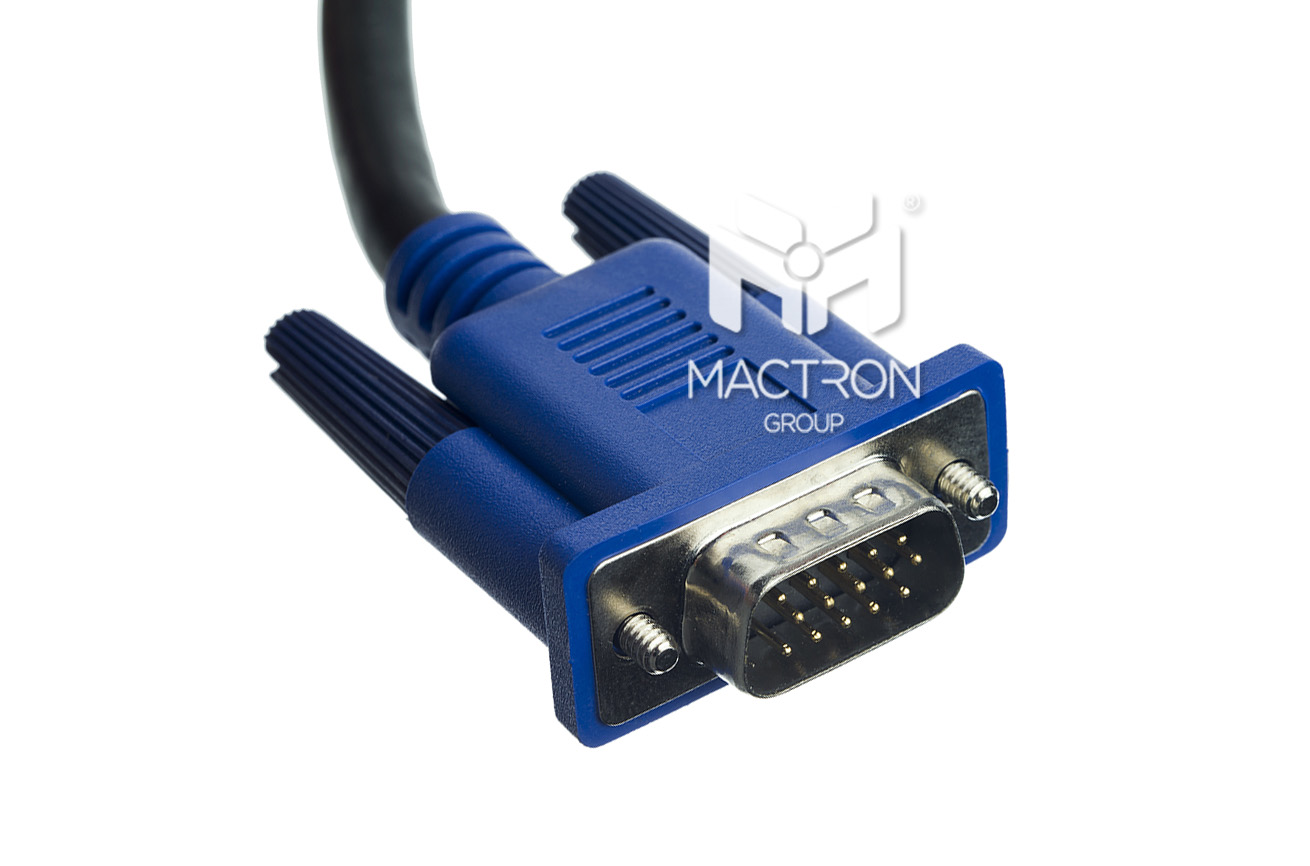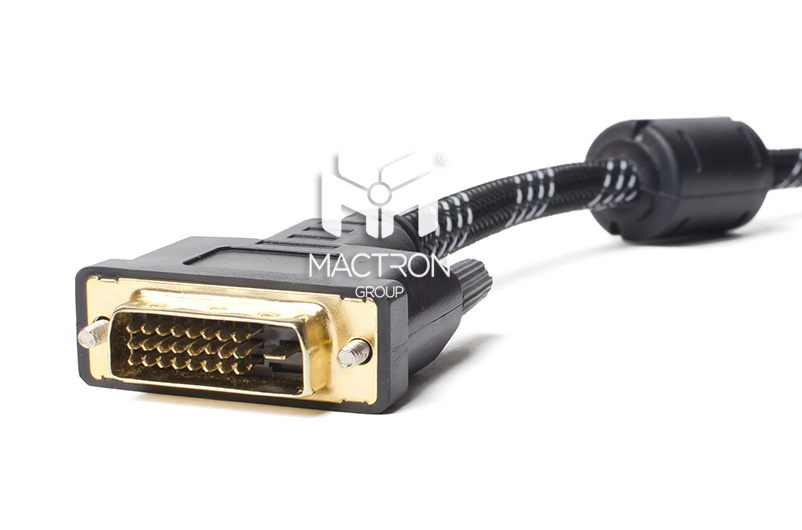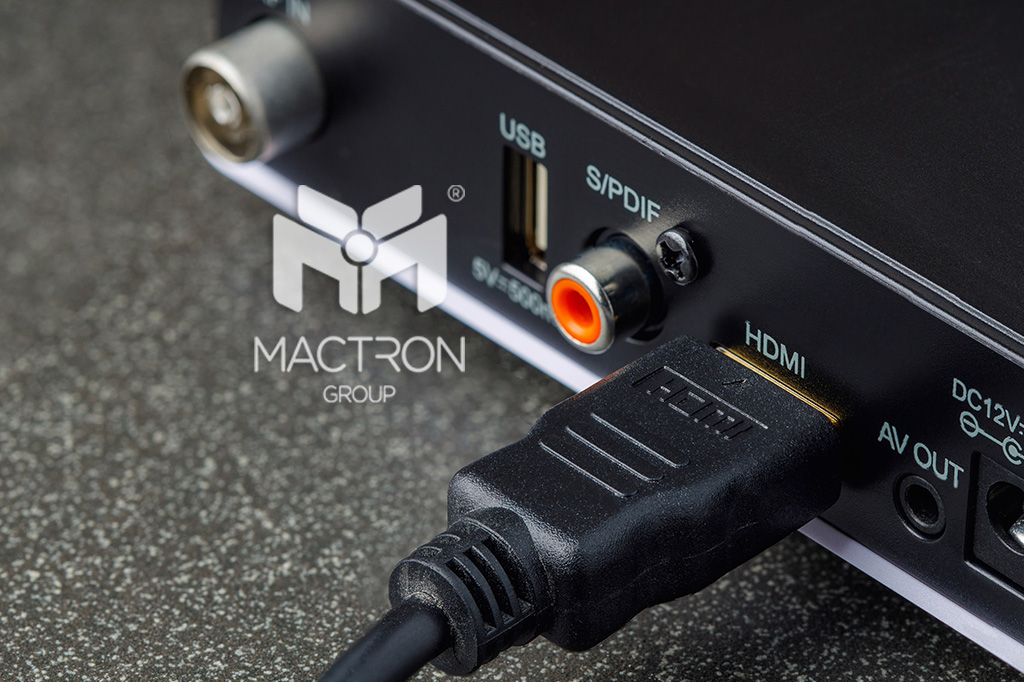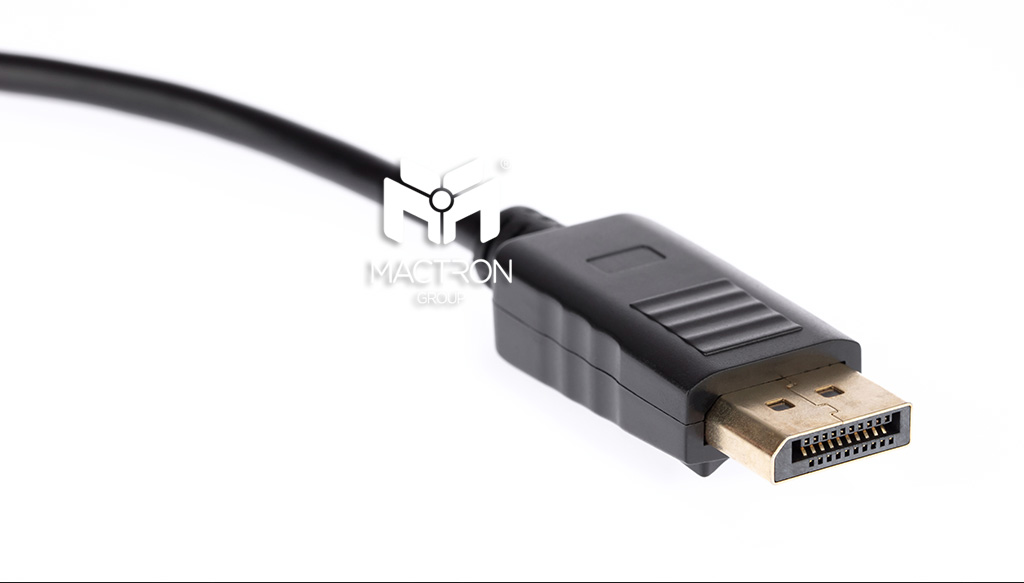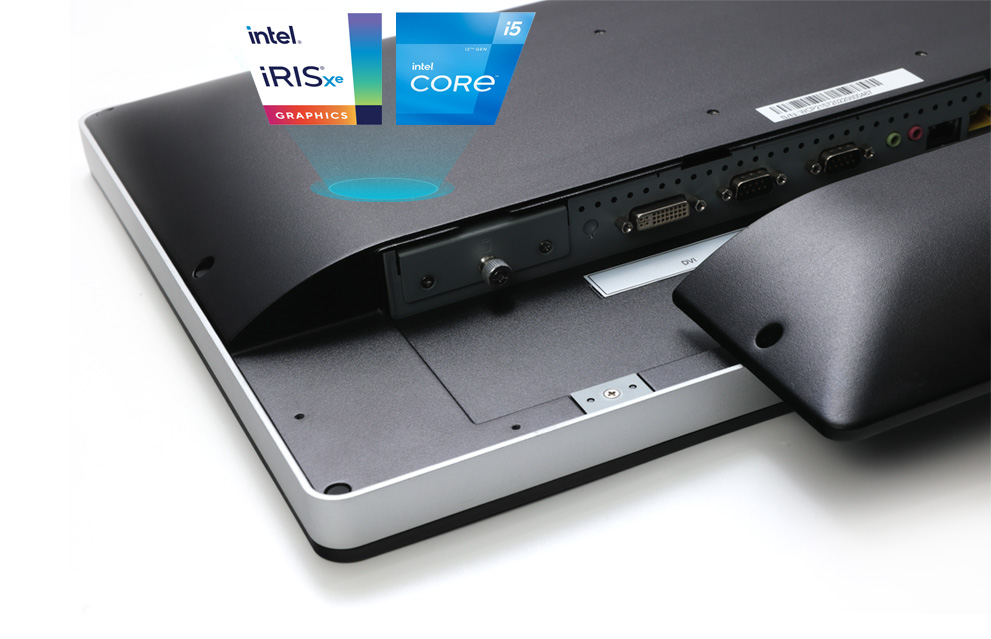Terminal blocks are a fairly common part of an engineer's toolbox and have provided reliable wire connections in numerous applications for many years. The semi-fixed nature of the terminal block helps simplify inspection and repair operations.
Let's take a look at the terminal block
Let's take a look at the terminal block
Three Types of Terminal Blocks

PCB Mount:
Usually called European gauge or wire-to-board terminal block, the configuration is mainly single-layer, double-layer or multi-layer, and the wire fixing method is to insert the bare wire into the module and then fix it to the outer cover.
Barrier Strips:
Commonly used in applications where vibration is a concern, the configuration is mostly to fix the terminals with screws, and the wire fixing method is mainly to insert bare wires or terminal wires into the screws and then lock them into the housing.
Feed-Through:
Used to splice two wires together to achieve a wire-to-wire connection, commonly found in DIN rail-mounted types. The wire fixing method is mainly to insert two wires into the two sides of the outer cover to form a connection.
A Selection Guide for Terminal Block

Current Rating:
The current rating is often the most important parameter to consider in terminal block designs. The current rating is based on the conductivity of the terminals, cross-sectional area, and the corresponding heat rise. Operating at too high of a current can cause overheating and damage of the terminal block, leading to major safety concerns. It is best practice to use a terminal block that is rated for at least 150% of the max current that is expected in the system.
Pitch:
A terminal block’s pitch is defined as the center distance from one pole to the next. The pitch of the connector is often determined by the overall rating of the terminal block where factors like voltage/current, creepage, and clearance are considered. Common industry pitches include 2.54 mm, 3.81 mm, 5.0 mm, and 7.62 mm.
Wire-Entry Orientation:
Horizontal (90°), vertical (180°) and 45° are the three most common terminal block orientations. The decision takes into account the layout of the design and the orientation that produces the best connection fit and accessibility.
Wire Securing Method:
The way in which the wires are secured in the terminal block housing are typically accomplished by three main types: Screw Terminal, Push Button and Push In.
Screw Terminal - The screw terminal secures the wire against the conductor in the terminal block by tightening a screw that closes the clamp.
Push Button - Push button terminal blocks secure the wire against the conductor by a spring clamp that is opened by pressing a button. Releasing the button clamps the spring onto the wire.
Push-In - Similar to the push button with a spring clamp, a push-in terminal block allows the wire to be pressed directly into the housing without the use of a push button to open the spring.
Push Button - Push button terminal blocks secure the wire against the conductor by a spring clamp that is opened by pressing a button. Releasing the button clamps the spring onto the wire.
Push-In - Similar to the push button with a spring clamp, a push-in terminal block allows the wire to be pressed directly into the housing without the use of a push button to open the spring.
WAM applies to all industrialists
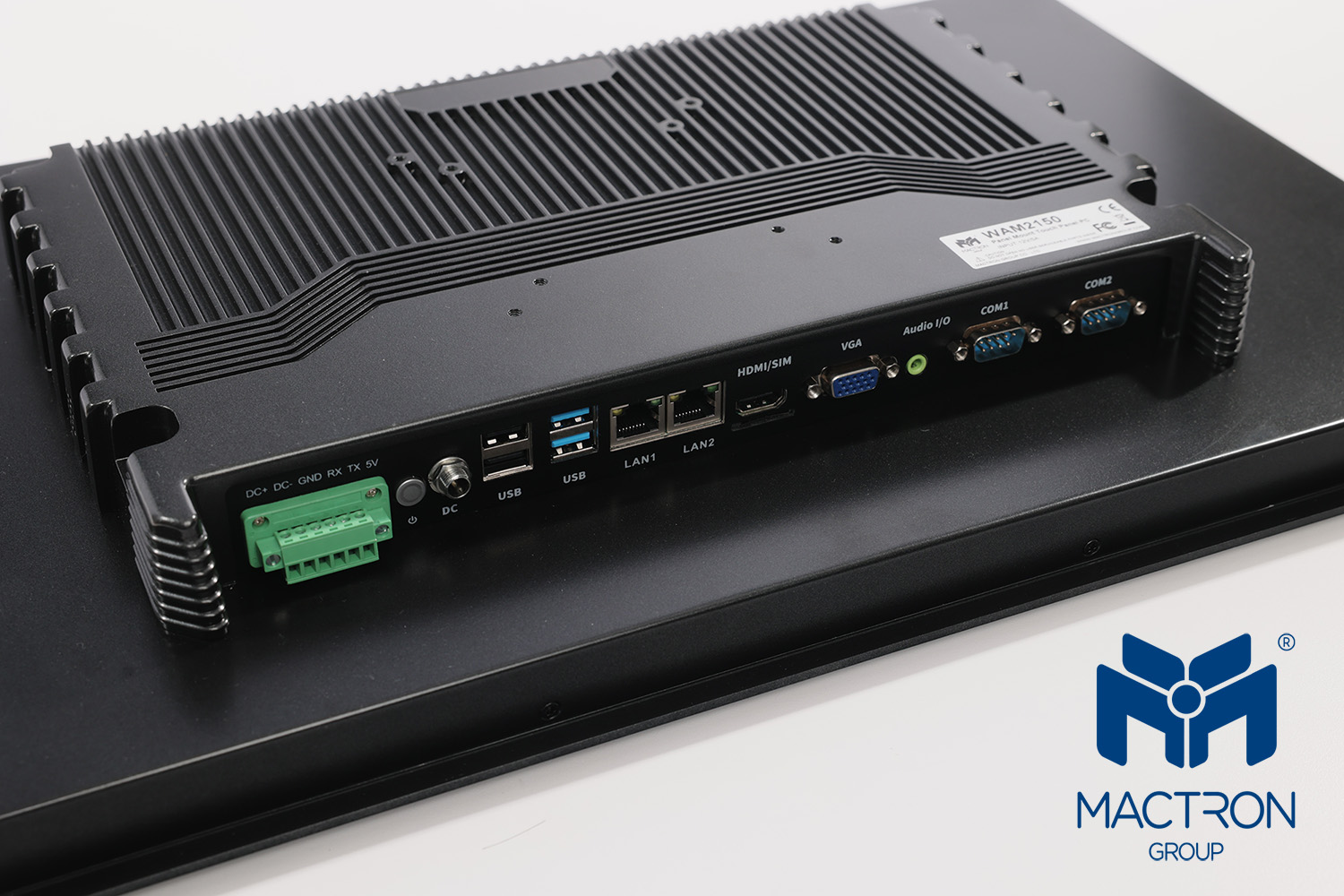
The terminal blocks used in our WAM series are divided into two sizes, 11 and 12 inches use 2-hole terminal blocks, and 15.6, 17 and 21.5 inches use 6-hole terminal blocks. The terminal block specifications are all single-layer, 3.81 mm pitch, vertical (180°) interface, current rating 8A, and screw terminal type terminal block.
This configuration is definitely one of your best choices in terms of security and operation.
This configuration is definitely one of your best choices in terms of security and operation.

Check out MACTRON GROUP(MTG)’s new WAM Series. Our Panel Mount Touch Panel PC can adapt to all kinds of work environments with powerful performance, and combine with the PCB Mount Terminal Block. It can meet all your imagination.


